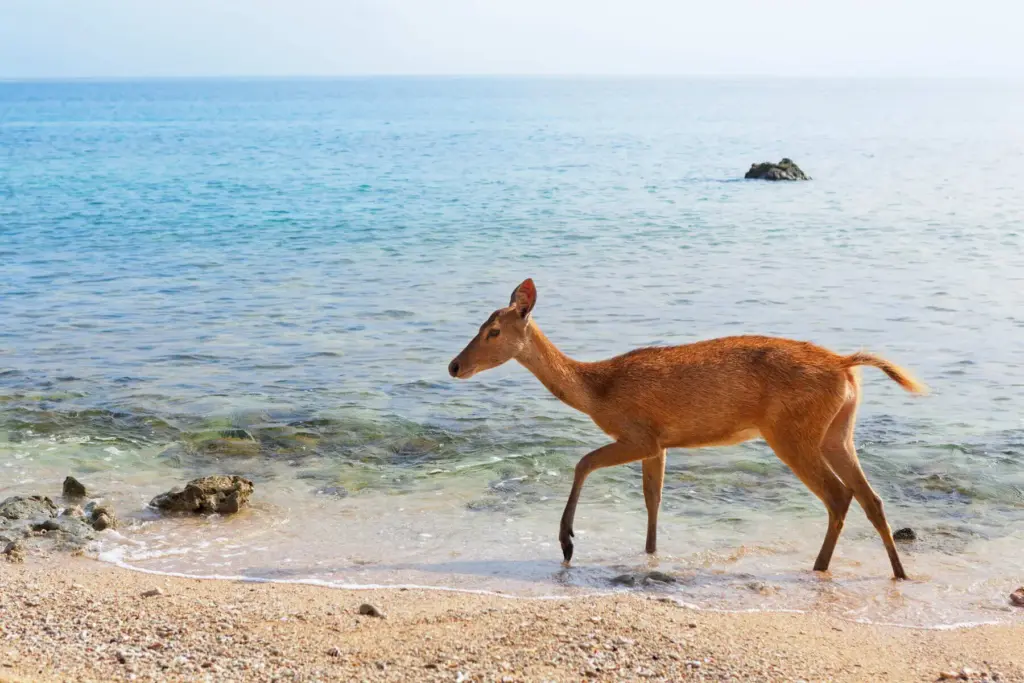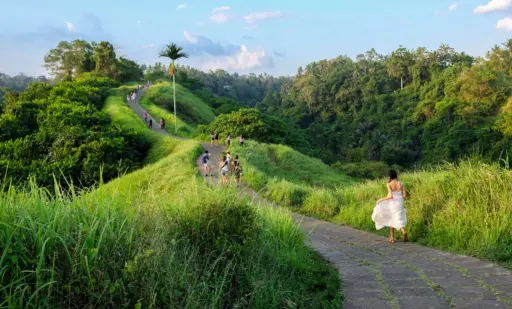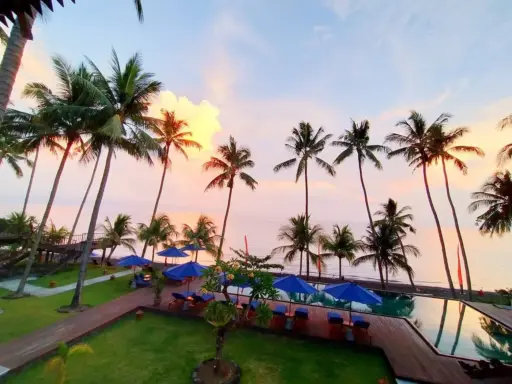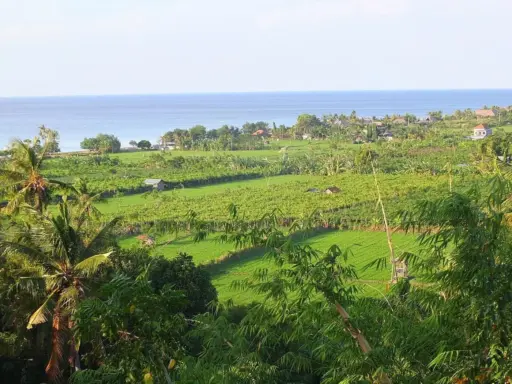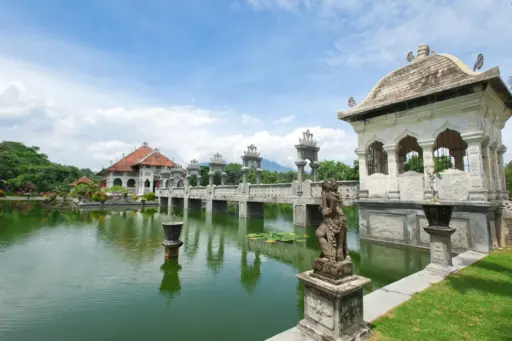Bali’s remote national park offers forests, wildlife, snorkelling, and quiet adventure in a beautifully untouched setting.
Located in the far northwest corner of the island, West Bali National Park (Taman Nasional Bali Barat) is one of the last truly wild places in Bali. Stretching across over 190 square kilometres of land and sea, this protected area is a sanctuary of tropical forest, mangrove swamps, dry savannah, coral reefs, and rare wildlife. For travellers used to the buzz of Ubud or the beaches of Seminyak, a visit to West Bali National Park offers something completely different – a chance to disconnect, slow down, and experience Bali as it was before mass tourism.
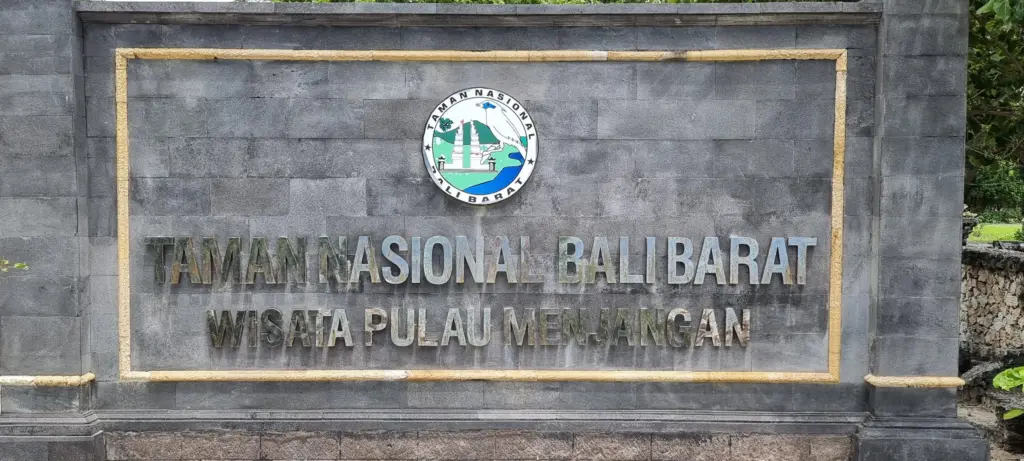
The park covers most of the Prapat Agung Peninsula and extends into the waters surrounding Menjangan Island, making it a diverse and ecologically rich destination. It borders Gilimanuk and Pemuteran, and is about a 4 to 5 hour drive from the south. The journey itself is scenic, passing through rice fields, coastal villages, and mountain roads. While the distance deters some, those who make the trip are rewarded with quiet beaches, uncrowded trails, and a chance to explore Bali’s wilderness in near solitude.
Meeting Bali’s Rarest Bird
West Bali National Park is best known for being the last natural refuge of the Bali Starling (Leucopsar rothschildi), a critically endangered bird that is endemic to the island. With its bright white feathers, blue eye patches, and elegant crest, the Bali Starling is one of the rarest birds in the world. Conservation efforts are ongoing, and spotting one in the wild is a rare privilege – though sightings are possible with a bit of patience and a good guide. The park is also home to macaques, barking deer, monitor lizards, wild boars, leaf monkeys, and more than 160 species of birds.
Hiking Trails and Secret Seas
One of the best ways to explore the park is on foot. There are a range of hiking trails, from short jungle walks to longer treks through monsoon forest and open savannah. Most hikes require a local guide, which is both a park regulation and a benefit – these guides are deeply knowledgeable about the area’s plants, animals, and ecology. Common starting points include the park headquarters at Cekik, or lodges near Banyuwedang and Sumber Klampok. The forest is dry and warm, especially during the dry season, so start early and bring plenty of water.
The coastal section of the park includes some of Bali’s most pristine reef environments, especially around Menjangan Island. Known for its calm waters, colourful corals, and gentle drop-offs, Menjangan is considered one of Bali’s best snorkelling and diving spots. The reefs are home to reef sharks, turtles, clownfish, sponges, sea fans, and a rich variety of tropical marine life. Dive centres in Pemuteran and Lovina arrange day trips by boat, often including a picnic on the beach or a short visit to the island’s shrines. Snorkelling here is suitable even for beginners, thanks to the clear, shallow waters.
Back on land, the park’s mangrove forests and salt flats offer a different kind of exploration. Kayaking through the mangroves is possible in some areas, and birdwatching is excellent year-round. During the wet season, migratory birds arrive, adding to the already diverse birdlife. If you’re staying overnight, dusk and dawn are the best times to see wildlife, as animals are more active and the heat is less intense.
Sleeping Close to Nature
There are a few accommodation options near the park, ranging from simple homestays to eco-lodges and boutique resorts. The Menjangan and also Plataran Menjangan, both nature-focused resorts within the national park boundaries, offer luxury bases for exploring both the forest and the coastline. Further east in Pemuteran, you will find a range of guesthouses and mid-range hotels that cater to divers, snorkellers, and nature lovers. Many of these properties work closely with local guides and park staff to provide ethical and sustainable access to the park.
Because West Bali sees far fewer visitors than the south or Ubud, it has remained relatively unspoiled. Villages here still follow a traditional way of life, and tourism development is low-impact. You won’t find beach clubs or souvenir markets – but you will find local warungs serving grilled fish, fishermen launching their boats into the sea, and farmers tending salt fields by hand. It’s a side of Bali that’s becoming harder to find elsewhere.
How to Make the Most of Your Visit
Getting to the park requires planning. Most visitors travel by car or motorbike, either independently or with a driver. Public transport is limited, especially once you are past Gilimanuk. The park entrance is well-marked, and permits can be arranged through the park office or via tour providers in Pemuteran or Lovina. Fees are modest, and guides can be hired on-site or arranged in advance. Some trails and areas may be closed during the wet season (December to March), so it’s best to check conditions before arriving.
While it’s possible to visit West Bali National Park on a day trip from Lovina, staying overnight allows you to truly appreciate the area’s rhythm. Sunsets over the Java Strait are spectacular, and the silence of the forest after dark – broken only by distant birdcalls or rustling leaves – feels a world away from Bali’s beach towns.
The real value of West Bali National Park lies in its sense of space and stillness. There’s no rush here, no must-see attraction beyond the forest, the reef, and the simple act of being present. It’s a place where you walk slowly, listen carefully, and begin to understand how much of Bali’s magic lives in its quiet corners.
Whether you are tracking rare birds, swimming with reef fish, or just watching the morning mist rise through the trees, West Bali offers something rare: an invitation to explore without expectation. For travellers looking to connect with Bali’s natural side, it is an essential stop – raw, real, and refreshingly unpolished.
